If you are new to Search Engine Optimization (SEO), understanding the difference between on-page and off-page SEO is important. Both are highly crucial aspects of any successful SEO strategy.
The difference between on-page SEO vs off-page SEO is that they aim for two sets of SEO factors. The first focuses on impacting SEO factors occurring on a page, while the latter focuses on factors outside the page.
However, what is on-page and off-page SEO? This is a common question for people. Hence, to help you understand both concepts in simple terms and detail, we have comprehensively compared on-page vs off-page SEO.
What is SEO?
SEO stands for Search Engine Optimization and is a crucial part of digital marketing.
It’s about making your website more visible when people search for services or products related to your business on search engines, like Google or Microsoft Bing. The higher visibility your site’s pages have in search results, the highly likely you are to get the attention of your potential and existing clients to your business.
Think of it like this: When you search for something online, you are most like to check the first results displayed. SEO helps your site be one of those top results. This is crucial as it can bring more people to your website without paying for ads.
It’s like having a store in a busy market where more people are likely to walk in just as your store is easy to find.
SEO plays a main role in digital marketing. It helps businesses reach more customers online. By using the right keywords that people use to search and by ensuring your website is well-structured and loads quickly, SEO makes your website more attractive to search engines and users alike.
Now, that you know the stands of SEO, let’s move towards understanding what is on-page vs off-page SEO.
What is On-Page SEO?
On-page SEO is about making your site’s pages great for search engines and people who visit your website. It’s like setting up your shop so it’s easy for customers to seek what they need and for new people to discover it.
This part of SEO focuses on things you can control on your website.
Think of your site as a book. On-page SEO is like ensuring each page of the book is well-written, easy to read, and has a clear title. For your website, the content should be clear, interesting, and useful for your users. You want to use the right words that people are searching for, so they can seek your site easily. Words like these are called keywords.
Instances – if you have a shop selling leader bags in Delhi you would want to use words like” leader bags in Delhi” on your website.
But it’s not just about words On-page SEO also adds ensuring your site works well.
This means it loads quickly, looks good on mobile, and is easy to navigate. When visitors visit your website, you want them to seek what they’re looking for without trouble. If they enjoy using your website, they are more likely to stay longer, come back again, or recommend it to others.
Also, behind the scenes, there are things such as ‘meta tags’ – simple instructions that tell search engines what your website is about. These involve the title of your page and a short description that is displayed in search results. You want this to be clear and inviting so that when someone views your website in their search results, they want to click on it.
Read Also: What is Technical SEO Audit? Beginner’s Successful Guide
Main Elements of On-Page SEO
On-page SEO optimization involves several key elements, each playing a significant role in how well your website performs in search engine results.

Now, understand these elements of on-page SEO optimization here:
1. Title Tags and Meta Descriptions
Title Tags: These are the headlines you view on search engine results pages (SERP). They should accurately describe the content of your page and add keywords that people are likely to search for. Think of them as the title of a book – it should be appealing and relevant.
Meta Descriptions: These are short summaries of your web pages that display in search engine results, right under the meta title. While meta descriptions don’t directly impact your rankings, a well-written meta description can encourage the audience to click on your site. It should be concise, engaging, and also involve relevant keywords.
2. Headings and Content Structure
Headings (like H1, H2, and H3) are used to structure your content, much like chapters and sections in a book. They help visitors and search engines understand what your page is about.
The heading is usually the title of your page and should involve the core keywords.
Subheadings (H2, H3, etc.) break your content into smaller, readable sections, which improves reader experience.
3. Keyword Optimization
This includes using words or phrases in your content that people are likely to search for when looking for services or products such as yours. It’s crucial to use these keywords naturally and in content. Overusing them, a practice known as ‘keyword stuffing’, hurts your SEO.
4. URL Structure
It should be easy to read and understand a URL. Adding keywords to your URLs is good, but keep them simple and short.
For instance – a URL like www.yourwebsite.com/leader-bags-delhi is clear and descriptive.
5. Image Optimization (Alt Tags)
Alt tags are brief descriptions of images on your site. They’re crucial as search engines can’t see images the way humans do. Hence these tags tell search engines what the image is about.
This is also essential for accessibility, helping people who use screen readers understand what the picture is about.
6. Internal Linking
This includes linking to other pages on your site within your content. It helps search engines understand the structure of your website and seek all your pages. It also keeps users on your website longer, because they can easily navigate to other relevant pages.
7. Mobile-Friendliness and Site Speed
With more people using phone devices and the internet, having a mobile-friendly website is important. It should look great and be easy to use on small screens.
Website speed matters as if your website loads slowly, users might leave before they even see your content. Fast-loading websites provide a great user experience and are favored by search engines.
What is Off-Page SEO?
Off-page SEO optimization refers to all the actions you take outside of your website to impact your rankings within search engine results pages. Unlike on-page SEO, which includes making changes and optimization on your site, off-page SEO is about what happens away from your website and how it affects your online reputation and authority.
Think of off-page SEO as building your site’s reputation in the online community.
Just like in real life, where a person’s reputation can be built via recommendations from others, in the online world, your site gains reputation and trust via external sources.
The most common and crucial aspect of off-page SEO is building backlinks. Backlinks are links from other sites that lead back to your website. They are like votes of confidence from one website to another. The more quality backlinks you have, the more search engines consider your site to be trustworthy and valuable, which can improve your rankings.
But it’s not just about the quantity of these backlinks, the quality matters more. Links from reportable and relevant sites are much more effective than those from less known or unrelated websites.
It’s like getting a recommendation from a respected person in your field compared to one from someone unknown.
Apart from backlinks, off-page SEO includes activities such as guest blogging, social media marketing, and guest blogging. Being active on social media doesn’t directly boost your search engine rankings, but it helps to spread the word about your site and can lead to more visitors visiting your website.
Guest blogging, on the other hand, allows you to reach wider readers by posting content on other relevant blogs, which can also involve backlinks to your website.
Main Elements of Off-Page SEO
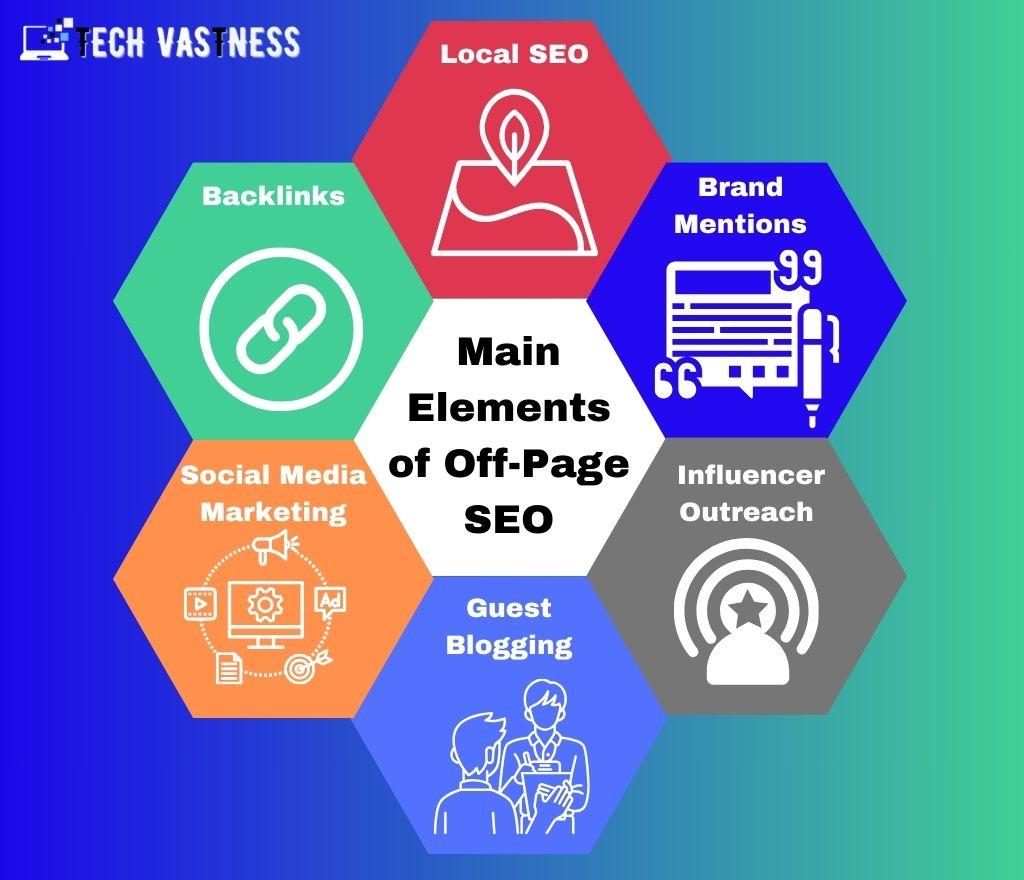
The following are the key elements that form the main of off-page SEO optimization strategies:
1. Backlinks
Backlinks are links from the sites that point to your site. These are important as search engines, like Google, view these links as endorsements of your site’s quality and relevance. Sites with a higher number of quality backlinks generally rank top in search results.
Create valuable and shareable content if you want to acquire quality backlinks. You also reach out to other site owners for guest posting opportunities, engage in community or forum discussions related to your field, and use social media to increase the visibility of your content.
Remember, Don’t just focus on the quantity of backlinks but on their quality.
2. Social Media Marketing
While social media signals do not directly affect search engine rankings, a strong social media presence can indirectly influence your off-page SEO. Active engagement on social media platforms and sharing your content, can increase your brand’s visibility and reach.
This can lead to more traffic to your site because your content is shared across multiple platforms.
3. Guest Blogging
Writing posts for other relevant blogs in your industry is a good way to reach a wider audience. It allows you to add backlinks to your site, which can drive more traffic and improve your website’s authority.
4. Influencer Outreach
You can increase the reach of your content by collaborating with influencers in your niche. Influencers provide valuable backlinks and social media mentions, you expand your online presence and credibility.
5. Brand Mentions
The brand mentions, even without a direct link to your website, can positively affect your off-page SEO. These mentions are signals of your brand’s legitimacy and popularity by search engines. Engagement with your audience, PR campaigns, and getting featured in news articles or industry publications are good methods to increase brand mention.
6. Local SEO
For businesses serving local communities, local SEO optimization is a crucial component of off-page SEO. This involves listing your business in local directories, optimizing your Google My Business profile, and acquiring reviews from local clients.
It’s about making your business more visible in local search results, which can importantly affect foot traffic and local client engagement.
Difference Between On-Page vs Off-Page SEO
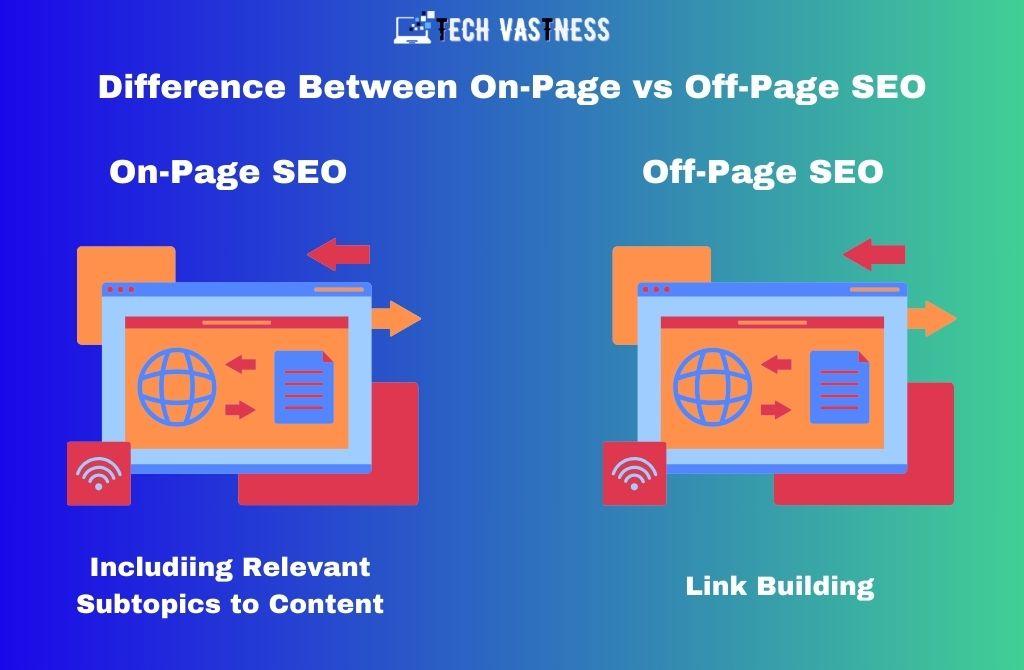
We have created a tabular comparison of on-page vs off-page SEO to understand the difference between the two in an easy method:
| Factor | On-Page SEO | Off-Page SEO |
| Definition | Refers to optimizations you can make on your website. | Includes actions taken outside of your website to affect your ranking. |
| Focus | Enhancing individual web pages for great content and technical performance. | Building your website’s reputation and authority via external means. |
| Key Elements | Title tags, meta descriptions, keyword optimization, URL structure, content quality, image optimization, and internal linking. | Backlinks, social media marketing, influence outreach, guest blogging, and brand mentions. |
| Control | The direct control over changes and improvements. | There is limited control and more reliance on external sources and networking. |
| Techniques | Optimizing HTML code, structuring content, and making sure website speed and mobile-friendliness. | Building relationships for backlinks, social media engagement, and content marketing. |
| Measurement | Website performance changes, user experience, and keyword rankings can measure it. | Evaluated via the number and quality of backlinks, brand mentions, etc. |
| Goal | To make the site more appealing and understandable to search engines and visitors. | To increase the website’s visibility and credibility via external validation. |
| Tools Used | Google Analytics, Google Search Console, Google PageSpeed Insights, and Yoast SEO or RankMath. | Ahrefs, BuzzSumo, SEMrush. |
| Impact | Direct affect on the site’s usability, relevance, and technical optimization. | Indirect effect on the site’s trust, authority, and overall online presence. |
Similarities Between Off-Page SEO vs On-Page SEO
While On-page and Off-Page SEO have different characteristics but are important, they also share several similarities that are crucial in an overall SEO strategy:
1. The goal of Improving Website Ranking
On-page and off-page SEO share the common – goal of improving a site’s ranking in search engine results pages (SERPs). This is central to increasing visibility and driving organic traffic to the website.
2. Focus on Keywords
Keywords play an important role in both strategies. On-page SEO involves optimizing individual pages with relevant keywords, while off-page SEO uses keywords in content creation and link-building activities, such as in anchor texts of backlinks.
3. Content Relevance and Quality
Quality content is important for on-page SEO and off-page SEO.
On-page SEO demands high-quality, relevant content on your site, off-page SEO revolves around creating or promoting quality content externally (such as guest posts) to earn valuable backlinks for your website.
4. User Experience
Both on-page vs off-page SEO strategies ultimately aim to enhance the user experience.
On-page SEO improves user experience directly via site optimization. Whereas off-page SEO does it indirectly by increasing the site’s credibility and authority, thereby attracting more engaged people.
5. Long-Term Process
Whether, on-page or off-page, SEO is a continuous process rather than a one-time event.
Both require ongoing efforts and adjustments based on improving search engine algorithms and market trends.
6. Compliance with Search Engine Guidelines
Both types of SEO need to adhere to the guidelines set by search engines such as Google. This involves avoiding practices such as keyword stuffing or buying links, which can lead to penalties.
7. Use of Tools and Analytics
Various tools are used in on-page vs off-page SEO for analytics, keyword research, monitoring backlinks, and tracking performance. Tools such as Google Analytics, Ahrefs, or SEMrush are common in strategies.
Now, I hope you have a great understanding of all the differences between on-page SEO vs off-page SEO. Next, we will discuss a few great practices and tools that you can use for both types of search engine optimization.
Read Also: What is Off-Page SEO Techniques? 17 Best Methods
Best Practices for On-Page SEO
For, effective On-Page SEO, it’s crucial to follow best practices that not only appeal to search engines but provide the best user experience.
1. Optimize Title Tags
- Be sure every page has a unique and descriptive title tag.
- Involve primary keywords towards the beginning of the title.
- Keep the title within 580px to be sure it shows well on search engine results pages. You can use a tool such as Higher Visibility to measure the length of the title and description in pixels.
2. Write Compelling Meta Descriptions
- Craft a brief and engaging summary for every page.
- Add relevant keywords naturally.
- To avoid truncation in search results, keep it under 990px.
3. Use Headings Effectively
- Structure content with headings (H1, H2, and H3) to make it easy to read and navigate.
- Add keywords in headings, especially in the H1 tag, which is the main heading.
4. Keyword Optimization
- Research and use relevant keywords that your target audience is looking for.
- Instead of stuffing keywords into your content, use them naturally.
- Consider long-tail keywords, that are less competitive and more specific.
5. Improve URL Structure
- Craft URLs that are easy to read and add keywords.
- Use always hyphens to separate words in URLs.
- Keep the URLs concise and avoid unnecessary parameters.
6. Optimize Images
- Use the described file names for your images.
- Compress images to less file size without losing quality, to improve page load times.
- Where appropriate, add alt text to images using relevant keywords.
7. Internal Linking
- Always link to other pages on your site where relevant. This helps distribute page authority throughout your website and keeps users engaged longer.
- You use descriptive anchor text that gives an idea of what the linked page is about.
8. Ensure Mobile-Friendliness
- Use a responsive design for your website that adapts to different screen sizes.
- Regularly test your site on various devices to make sure it’s user-friendly.
9. Focus on Content Quality
- Provide valuable, helpful, informative, and original content.
- Make sure the content is well-written and free of spelling and grammatical errors.
- Update content regularly to keep it relevant and new.
10. Improve Page Load Speed
- Use tools like Google PageSpeed Insights and GTMetrix to check your website’s speed.
- Optimize code and compress images using free tools such as TinyPNG to less load times.
- Consider using a content delivery network (CDN) to speed up loading for visitors in different geographic locations.
11. Use Schema Markup
- Implement schema markup to help search engines understand your content well. This can also lead to rich snippets in search results, which can improve click-via rates.
12. Monitor and Adapt
- Regularly check your site’s performance in search engines.
- You use tools such as Google Analytics and Google Search Console to track traffic and identify areas for improvement.
Read Also: How Blogging Makes Money Complete Guide
On-Page SEO Tools
Various SEO tools help in aspects like content optimization, keyword research, speed testing, and more:
1. Google Search Console
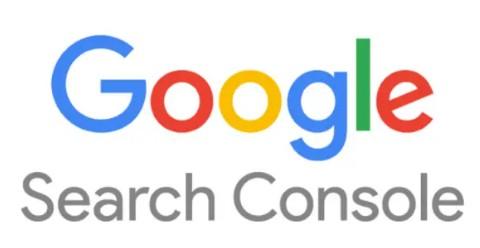
It offers insights into how your website appears in search results, highlights issues that impact your website’s performance in Google, and provides data on search queries leading to your website.
2. Google Analytics
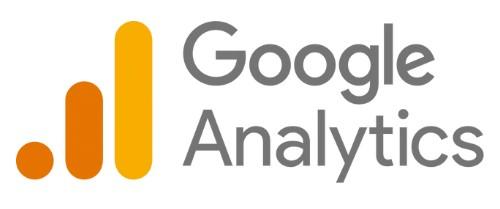
Essential for understanding your site traffic and user behavior. It helps identify which content is performing great and where there’s room for improvement.
3. Ahrefs

Known for its powerful backlink analysis tools, Ahrefs also offers features for on-page SEO optimization, like website auditing and keyword research tools.
4. SEMrush
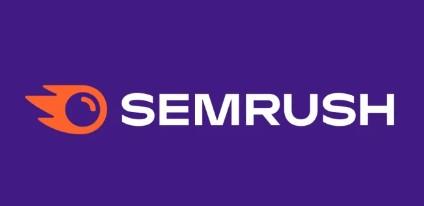
Provides a suite of tools for SEO, adding website audits, keyword research, and competitor analysis. It’s great for both on-page vs off-page SEO analysis.
5. Yoast SEO

Optimize your content with this popular WordPress plugin. It guides readability, title, meta description optimization, keyword density, and more.
6. Screaming Frog SEO Spider
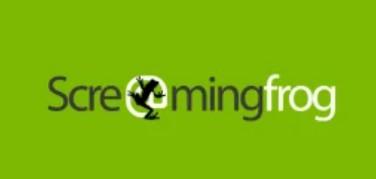
A desktop program that crawls your site’s URLs. It’s useful for identifying issues such as broken links, improper redirects, and problems with meta tags.
7. Google’s PageSpeed Insights
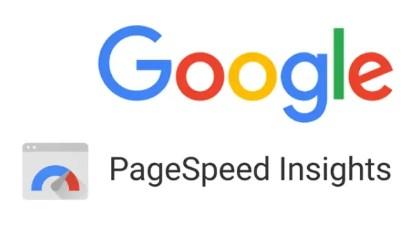
Provides performance analysis of your site and offers suggestions to improve page load speeds, which is a key factor in On-Page SEO optimization.
8. GTmetrix

An additional tool for analyzing your website’s loading speed. It gives insights into factors that slow down your website and offers actionable recommendations.
9. Ubersuggest

Neil Patel’s tool offers keyword suggestions, content ideas, and insights into competitor strategies. A cost-effective option for SEO in general.
Read Also: Top 12 Sites For Copyright Free Image Website
Off-Page SEO Tools
To conduct an off-page SEO analysis, you need tools that can help you track backlinks, monitor your brand’s reputation online, and analyze your competitors’ strategies. The following are a few effective tools and resources:
1. Ahrefs

Ahrefs is a comprehensive SEO tool with a strong focus on backlink analysis. It allows you to view who is linking to your website, the quality of these links, and how you stack up against your competition. AHrefs also helps in seeking link opportunities and tracking your website’s overall backlink profile.
2. Moz Pro’s Link Explorer
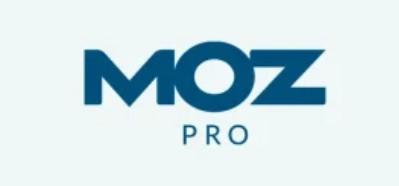
This tool offers detailed information about your backlinks, adding the domain authority of linking websites. Moz’s Link Explorer can help you identify and remove potentially harmful backlinks and seek fresh link-building opportunities.
3. SEMrush
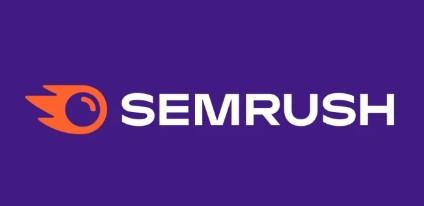
SEMrush provides a variety of features for off-page SEO, adding backlink tracking and analysis. It also offers insights into your competitor’s strategies, helping you understand their link-building tactics and seek fresh opportunities.
4. Majestic SEO
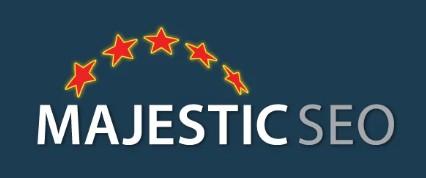
Backlink analysis is Majestic’s specialty. It offers a detailed see of your link profile, adding metrics like Citation Flow and Trust Flow, which give you an idea of link quality and trustworthiness.
5. BuzzSumo

BuzzSumo is good for content analysis and seeking influencers in your niche. It identifies popular content in your industry and key influencers who share that content opportunities can help you with link-building and outreach.
6. Google Alerts

Monitor mentions of your brand or specific keywords using Google Alerts. This tool is useful for tracking your online reputation and seeking unlinked mentions that you can potentially convert into backlinks.
7. HARO (Help a Reporter Out)
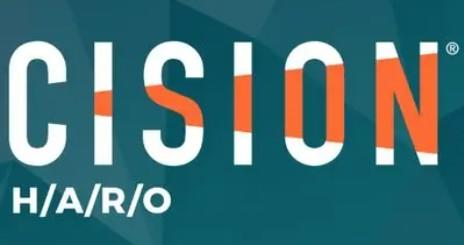
HARO connects bloggers and journalists with expert sources. By responding to relevant queries, you can get valuable backlinks and media mentions.
8. Google My Business
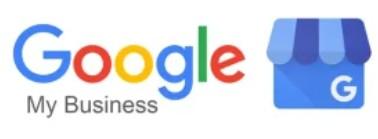
For local businesses, Google My Business is necessary. It allows you to manage your online presence across Google, adding search and maps. Maintaining an up-to-date profile can help your local SEO strategies.
9. Ubersuggest

Ubersuggest, developed by Neil Patel, offers a suite of SEO tools that add backlink analysis. It’s user-friendly, bought-friendly, and suitable for beginners.
10. Social Mention
Social media search and analysis platform that aggregates user-generated content from the world into a single stream of information. It can measure and monitor what the audiences are saying about your brand.
Final thoughts: On-Page vs Off-page SEO
On-page vs Off-page SEO. Understanding the on-page and off-page SEO differences is crucial for anyone looking to improve their site’s ranking and visibility. Both aspects of SEO play complementary and unique roles in your overall digital marketing strategy.

